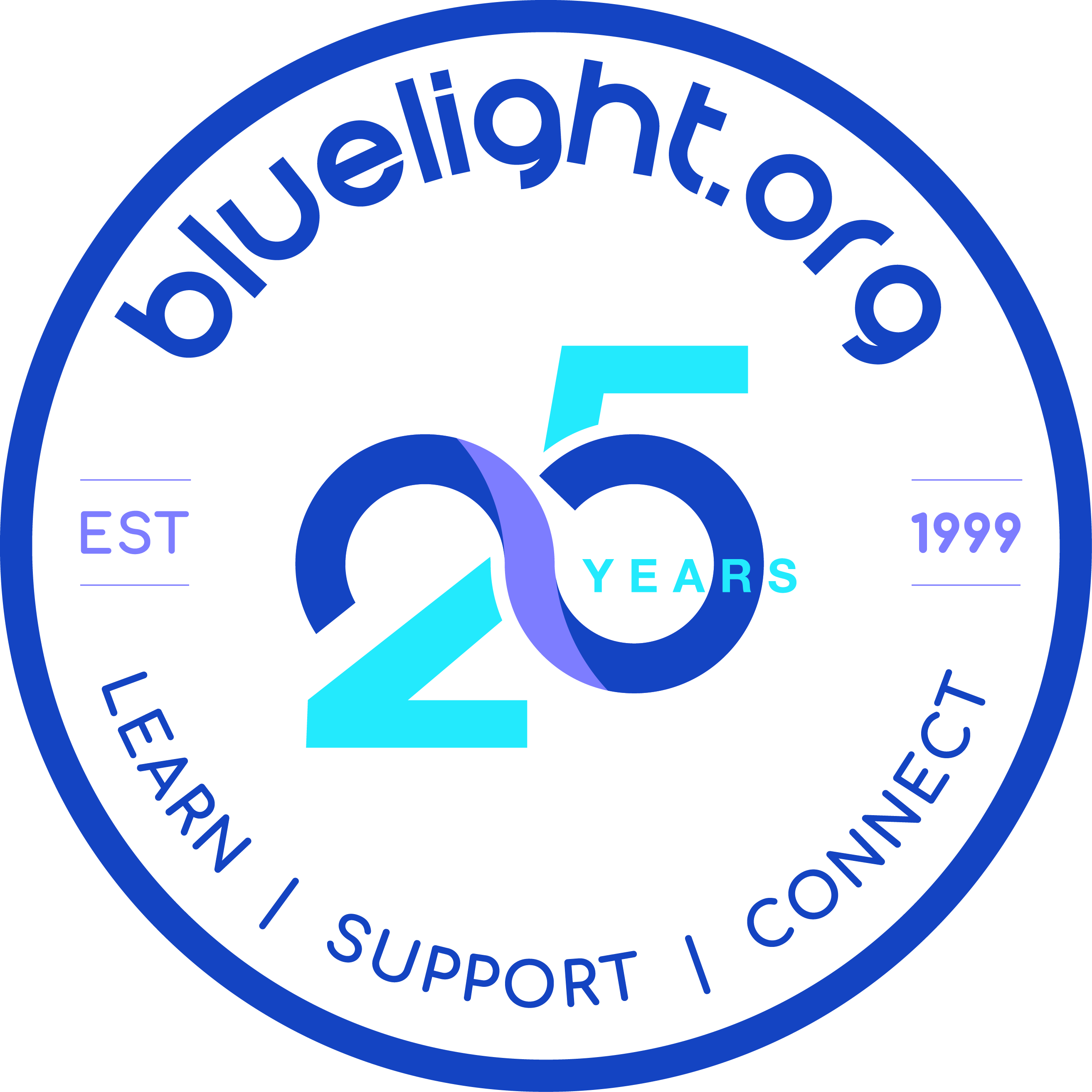We've seen before several instances whereby AAS use may be of benefit to the elderly. In elderly women, a low dose of oral-test (andriol) dramatically reduces the time spent in hospital from falls and other age-related illnesses of all types. AAS may also regenerate damaged neurons, and rather more impressively reverse cell aging.
In a recent review, doctors at St Louis School of Medicine determined that compared to control groups, elderly women supplemented with nandrolone experienced significant improvements in quality of life scores following hip fracture, as well as in measures of speed of movement and lean body mass. Measures of lean body mass in all populations are generally highly correlated with quality of life, life expectancy, and the ability to fight serious infections.
Here's an excerpt from the Q&A review:
The full review is very short and free to read, so I recommend taking a peek >>here<< (opens in PDF).
In a recent review, doctors at St Louis School of Medicine determined that compared to control groups, elderly women supplemented with nandrolone experienced significant improvements in quality of life scores following hip fracture, as well as in measures of speed of movement and lean body mass. Measures of lean body mass in all populations are generally highly correlated with quality of life, life expectancy, and the ability to fight serious infections.
Here's an excerpt from the Q&A review:
Do anabolic steroids help improve recovery from hip fractures in the elderly?
EVIDENCE-BASED ANSWER
The anabolic steroid, nandrolone, alone or in combination with a protein supplement, improves speed of gait and quality of life and preserves lean body mass. However, nandrolone has no effect on pain, independence in activities of daily living (ADLs), or the combined outcome of mortality and need for higher level of care on discharge
The full review is very short and free to read, so I recommend taking a peek >>here<< (opens in PDF).
Last edited:





